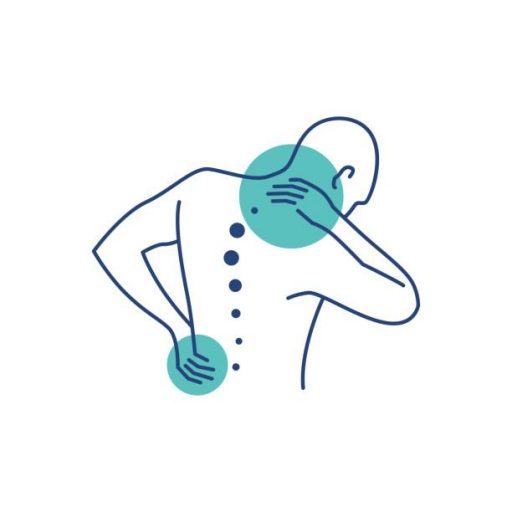An Innovation in Pelvic Floor Therapy
The pelvic floor is a vital group of muscles that plays a crucial role in supporting various organs, such as the bladder, uterus, and rectum. Dysfunction of the pelvic floor can lead to a range of issues, including urinary incontinence, pelvic pain, and sexual dysfunction. For decades, traditional pelvic floor therapy has been the primary approach to addressing these problems, involving exercises and manual techniques. However, with advancing medical technologies, a groundbreaking innovation has emerged, revolutionizing the field of diaphragm therapy.
Understanding Innovation
The innovation that has taken the world of pelvic diaphragm therapy by storm is the use of biofeedback technology. Biofeedback allows patients and therapists to monitor the activity of pelvic floor muscles in real-time, providing valuable insights into their strength and coordination. This cutting-edge technology in pelvic floor rehab in NYC enhances the effectiveness of traditional therapy by providing a visual representation of muscle activity, helping patients understand how to engage and relax their floor muscles correctly.
How Biofeedback Works
Biofeedback devices used in floor therapy are typically non-invasive and easy to use. The most common type of biofeedback for the floor involves the placement of a small sensor, either internally or externally, to detect muscle contractions. The sensor is connected to a computer or mobile device that displays muscle activity through visual or auditory cues. These cues help patients understand whether they are contracting or relaxing their pelvic diaphragm muscles correctly.
The Benefits of Biofeedback in Pelvic Floor Therapy
- Personalized Treatment: Biofeedback technology tailors the therapy to each individual’s specific needs. Therapists can assess the patient’s progress over time and adjust the treatment plan accordingly.
- Immediate Feedback: Unlike traditional therapy, where patients have to rely on verbal cues, biofeedback provides instant feedback, allowing patients to make necessary corrections during the session.
- Motivation and Engagement: Visualizing muscle activity on a screen can be motivating for patients. It gives them a sense of control and achievement as they witness their progress.
- Objective Assessment: Biofeedback provides objective data on muscle strength and coordination, enabling therapists to measure improvement accurately.
- Pain Management: For patients with pelvic pain conditions, biofeedback can be especially beneficial. It helps them identify and control muscle tension, leading to pain relief.
Conclusion
The integration of biofeedback technology in pelvic diaphragm therapy marks a significant advancement in the field. With its ability to provide real-time feedback, personalized treatment plans, and improved patient engagement, this innovation has transformed the way diaphragm disorders are managed. As research and technology continue to evolve, biofeedback holds the potential to bring relief and an improved quality of life to millions of individuals struggling with pelvic floor issues. As always, it is essential to consult a qualified healthcare professional for a comprehensive assessment and guidance on using biofeedback for floor therapy.


